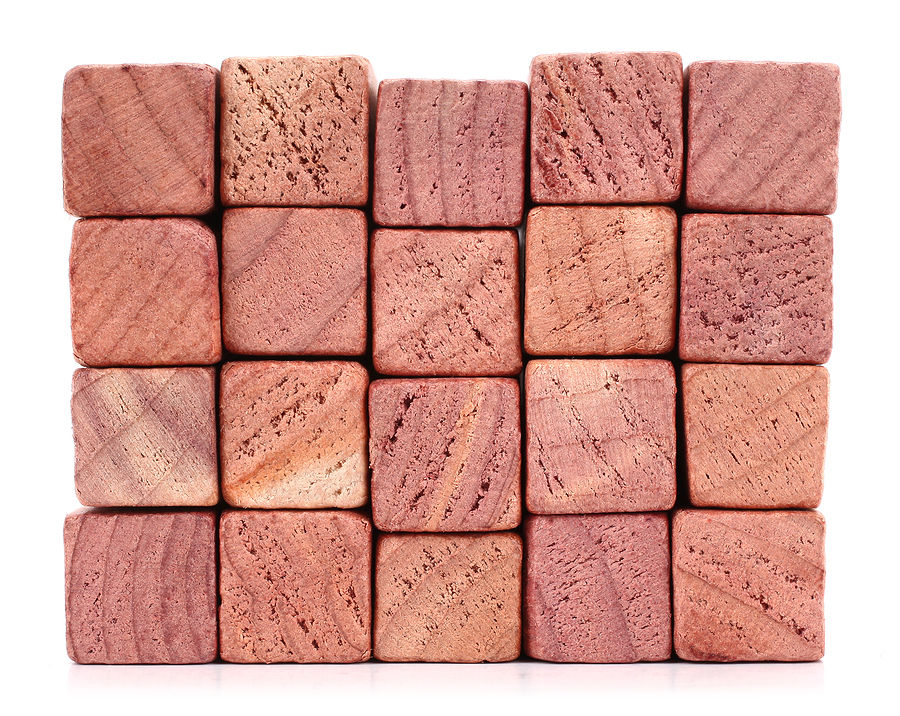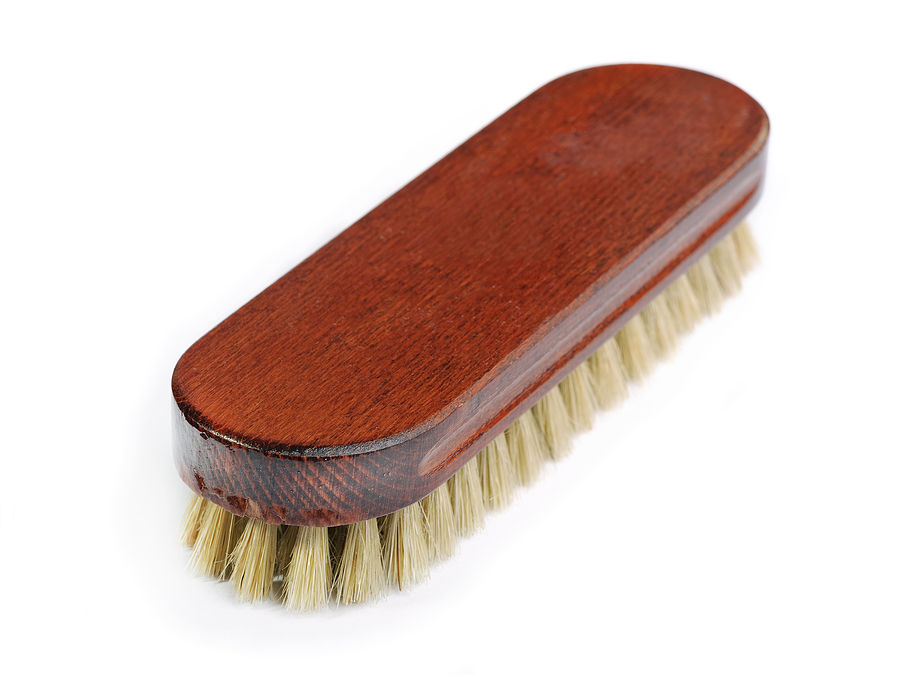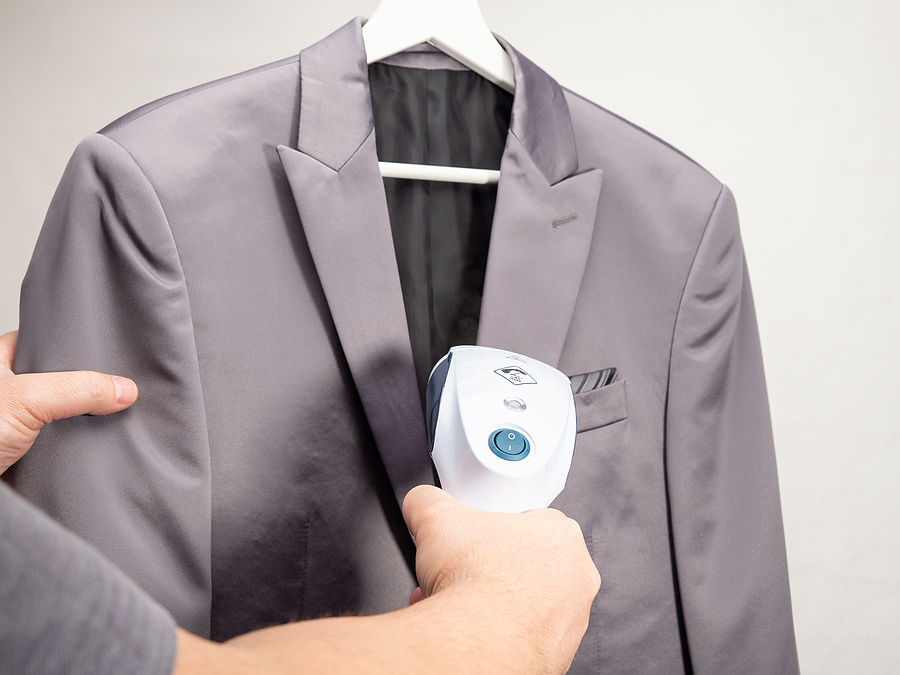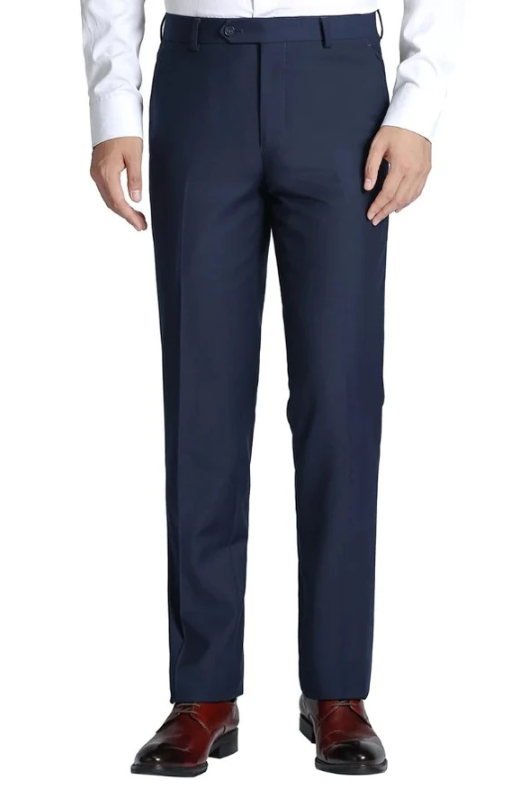Best Simple Suit Care and Cleaning Tips to Live By
- Kevin Kenealy
- Dec 15, 2023
- 5 min read
If you want to look good when going out in suits, keep them in perfect condition. It is a relatively easy thing to do. You can follow a few practical tips to take good care of suits without spending a fortune. Here are some of the most effective tips available for you to follow.
Make use of high-quality coat hangers.

Did you know hangers come in sizes? The right size will shield the shoulders and enable the jacket to hang correctly, maintaining its excellent form.
These hangers are thick, in addition to being broad and come in a variety of materials but we suggest cedar wood. Your garment's form may change if you use thin, pointed hangers. For example, the shoulders of t-shirts and polos may become unintentionally pointed after a long period of time on the hanger.
The top two hangers are perfect, as shown in the middle photograph above. [1] The bottom one, however, could be more robust and perform better. Furthermore, unless the wooden hangers are produced from untreated cedar, as we'll explain below, there is no advantage to utilizing them.
Have enough space within the closet and garment bags.
Unfortunately, with better coat hangers, your suit coats now need more room in storage. Giving your suits enough room to hang correctly in storage is critical—clothes wrinkle when packed too tightly. In the same vein, if they are too near to one another, air cannot flow between them, which may lead to a build-up of humidity and harm the fibers.
To further protect against dust and moths, we suggest putting all suits and jackets in garment bags. Try to store every suit in this manner, even sports jackets, during the off-season. However, don't do this with in-season athletic jackets to check how many outfit combinations we have! Lastly, make sure you spend money on breathable clothing bags. Moisture may accumulate inside clothing in sealed clothing bags.
Use shavings and cedar blocks.

In sum, there are three primary advantages of using cedar:
• Cedar serves as an organic insect deterrent.
• Any remaining moisture may be absorbed by it.
• Cedar gives fabrics a lovely aroma.
Fact, a single moth may lay up to 100 eggs. These creatures may thus gorge on your clothing like it's nothing at all! Another tip is storing clothing to cold/freezing conditions.
This method destroys the larvae by subjecting clothing to very low temperatures. One other suggestion we have is to purchase moth traps if needed and vacuum them often. As a precaution, we advise utilizing the best moth traps available.
After some time, cedar blocks may lose their fragrance. You may periodically apply a few drops of cedar essential oil or sand them slightly to rejuvenate them.
Use appropriate methods for cleaning suits.

You only need to get a suit dry-cleaned once a year. However, it could be helpful if you have a nasty stain. Your suits will deteriorate if you dry clean them too often, even if you wear them more than once a week!
This problem occurs because the chemicals harm natural fibers in fabrics, which lowers the garment's durability and general quality. Additionally, Suit fibers need a break between wears. Wear each suit once or twice a week.
Get the help of a horsehair brush.

It is always better to prevent than to treat, and suit washing is no exception. When you're through for the day, get a horsehair brush and give your outfit a gentle once-over. This method prolongs the life of the fibers and safeguards your investment by removing lint and other dirt from them.
A brief 60-second brush-down is more than sufficient after every usage. We advise using a brush with gentle bristles to prevent harming the fibers. Get the best results using a ten′′ long horsehair brush, which is also reasonably priced. Lastly, brushing has the added benefit of making your suit less of a meal attraction for moths, which is always good!
Use an iron or garment steamer.

It's best to take a brief steam in the morning, but if you can, try to avoid using those precious five minutes in the early hours. Steaming is best reserved for special events or eliminating creases from cloth.
If you don't have access to a steamer, having a hot shower and hanging your suit in the bathroom will help loosen the fabric's fibers and reduce creases. This method is a handy tip for trips. Additionally effective in removing some types of particle-based stains is steaming. However, if the stain is oil-based, you may be able to pull it by applying some talcum powder to it. The best (and safest) option is dry cleaning if the other two don't work. Ultimately, attempting to eliminate a stain on your own can exacerbate it.
Decide how often you should wear a suit.
Rotating your suits is just as vital as avoiding wearing the same shoes twice. Increase suit longevity by giving the cloth the time it needs to heal. A suit will absorb moisture and grime from your body and the humidity of the surrounding air after being worn for the whole day. Use a brush to remove the dust, but the moisture must evaporate naturally.
To do this, we hang the fibers for at least a day after usage to allow them to relax. Hang a suit for an entire day when made of a thicker material.
This airing is required to restore the suit to its ideal drape. You're now prepared to add it back to the schedule for a later installment of your wardrobe!
Bonus Tip: Purchase pairs of suits if possible

It might be worthwhile getting an extra pair of pants if you want to wear an off-the-rack "suit separates" or have a bespoke suit made. Jackets become worn down considerably more slowly than pants, particularly in colder climates with abundant slush and salt.
Even if you have pants of the appropriate length, they often cause damage to trouser bottoms. Pants usually cost a small portion of a jacket, so doing so is financially advantageous. This strategy suggests the staple pieces in your closet, such as gray and blue suits. Depending on your sense of style, these are the colors you wear most at work and in social situations.
Spending your money on a waistcoat (vest) rather than a suit could be wiser if you're purchasing a unique suit, you will only wear it occasionally. This strategy allows you to choose between two or three pieces. Therefore, we recommend getting two pairs of trousers: one ordinary pair that will fit a belt and the other with suspender buttons and no belt loops.
Do everything if money is no issue. Because the jacket is your suit's costliest and longest-lasting component (assuming you do the procedures indicated above to care for it), you'll add significant variation and durability.
Final Words on Suit Care

The five points below serve as a summary of our suggestions for the guide above:
• Make sure your closet has high-quality coat hangers.
• Use clothing bags and create plenty of closet space.
• Purchase shavings and chunks of cedar.
• Instead of dry cleaning, give the suits a brush and steam.
• After using your suits, let them air for 24 to 48 hours.
While going through these procedures may seem like a lot of work and money, it costs much less than you think. Most items we've discussed only need to be purchased once. Coat hangers, for example, are inexpensive. Meanwhile, our other suggestions take a little bit to complete.





Comments